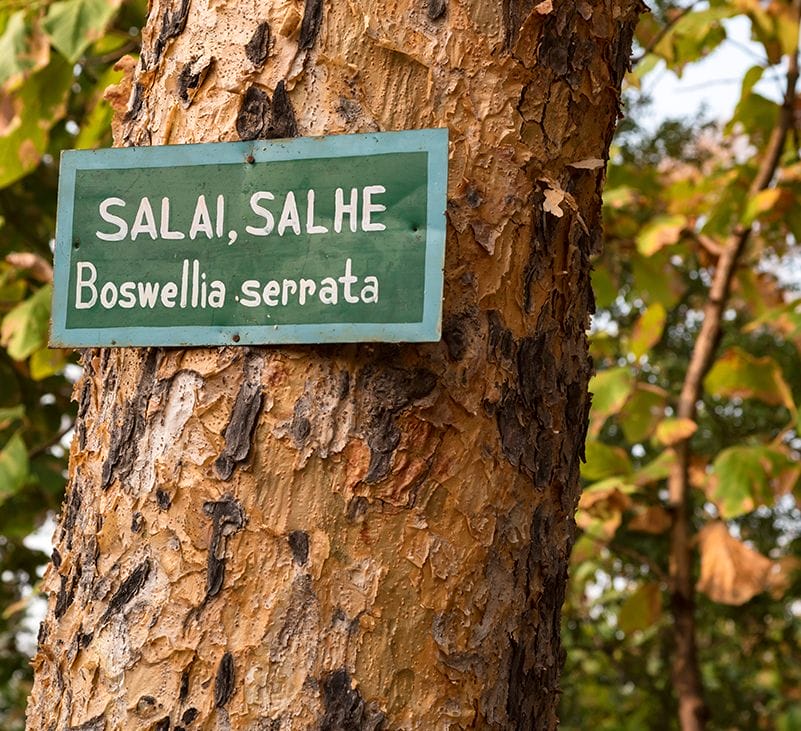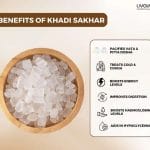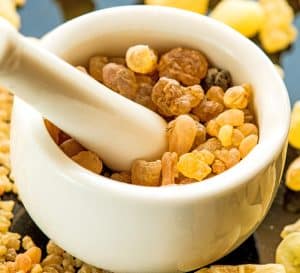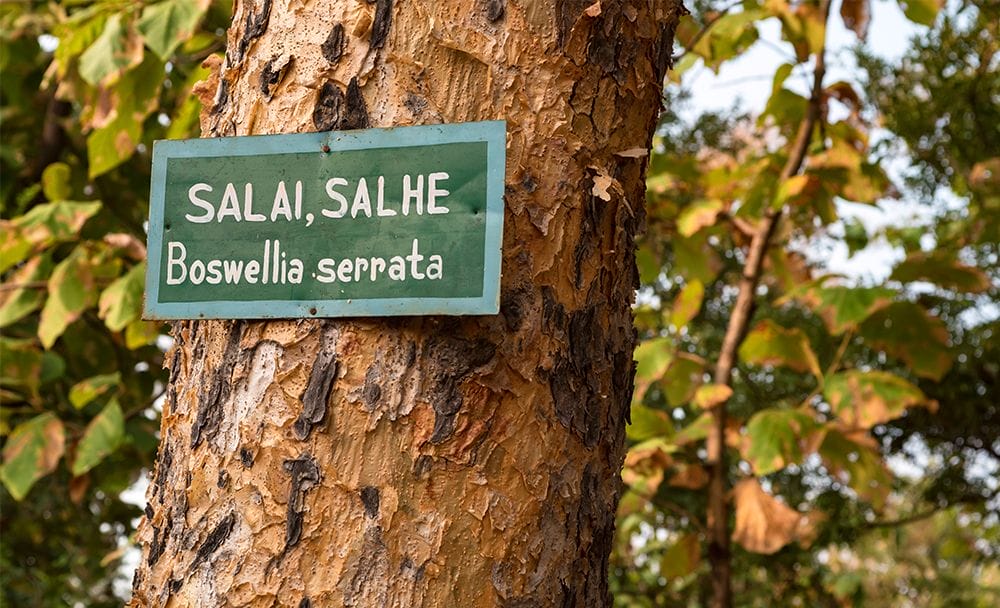
Shallaki, or shalaki, scientifically known as Boswellia serrata, is a traditional Ayurvedic herb used for centuries in India for various health benefits. It is commonly recognized as Indian frankincense and is obtained from the Boswellia tree, native to India, Northern Africa, and the Middle East. Shalaki has gained popularity recently due to its potential therapeutic properties and role in traditional medicine systems. [1]
In Ayurveda, Shallaki tablet has a long history of use and are considered an essential medicinal herb. It is classified as a “Guggulu,” which means it possesses similar properties to Guggul resin, another well-known Ayurvedic herb. Shallaki is believed to have a bitter and astringent taste and is attributed to its effects on balancing the Vata and Kapha doshas in the body. Its traditional use has been for joint health, as an anti-inflammatory agent, and for supporting overall well-being. [2] This article explores the uses, benefits, side effects, and other relevant information about Shallaki tablet.
Uses and Benefits of Shallaki:
Anti-Inflammatory Properties:
Shallaki tablet uses are renowned for their potent anti-inflammatory properties. The boswellic acids in the herb inhibit proinflammatory enzymes, such as 5-lipoxygenase and leukotrienes, which play a crucial role in inflammatory processes. This makes Shallaki tablet a valuable natural remedy for reducing pain and inflammation without affecting the gastric mucosa, and the joints and also helps keep the entire structure lubricated and easy to rotate or to move. [3]
Joint Health and Osteoarthritis:

One of the primary traditional uses of himlaya Shalaki tablet is to promote joint health. Its analgesic and antiarthritic effects [3] are particularly beneficial for individuals suffering from Sandhigata vata. Studies have shown that Shalaki tablet when taken orally, can help reduce pain and improve joint function in individuals with osteoarthritis. [4]
Rheumatoid Arthritis Support:
Rheumatoid arthritis is an autoimmune disease that causes chronic inflammation and joint damage. Shallaki’s anti-inflammatory and immune-modulating properties may help manage the symptoms of rheumatoid arthritis, providing relief from pain and stiffness. [5]
Digestive Health:
In Ayurvedic medicine, Shallaki tablet has been used to support digestive health. Its anti-inflammatory effects may help alleviate symptoms of inflammatory bowel health issues, such as Crohn’s disease and ulcerative colitis.
Respiratory Health:
Shalaki benefits also include its ability to support respiratory health. Its anti-inflammatory properties may help manage respiratory conditions such as asthma.
Antioxidant Properties:
Himalaya Shalaki tablets contain antioxidants that help neutralize free radicals, thereby protecting the body’s cells from oxidative damage. This may contribute to its overall health-promoting effects and anti-aging benefits. [6]
Cognitive Health:
Preliminary studies have indicated that himalaya Shalaki may have potential neuroprotective effects, supporting brain health and cognitive function. [3]
Alleviate symptoms of vatavriddhi:
There is significant relief in gatrasphurana (fasciculation) and asthishula (pain in bones).
For Vata-kshaya, there can be significant improvements in alpa chesta (reduced activity), Angasada (looseness of body parts), and apraharsha (unhappiness).
Regarding pittavriddhi symptoms, it shows improvements in glani (fatigue) and balahani (loss of strength).
Among the symptoms of pittakshaya, it is known to improve in stambha (stiffness), toda (pricking pain), and gaurava (heaviness).
Regarding kaphavriddhi there is an improvement in sandhivishlesha (looseness of joint), udvestana (calf muscles pain), angamarda (bodyache) and sandhishaithilya (looseness of joint).
Examining the effect of therapy on srotas, in rasavahasrotas, there is an improvement in gaurava (heaviness) and angamarda (body ache). In medovahasrotas, improvements are seen in karapadayoh suptata daha (burning sensation or numbness of palms and soles) and alasya (laziness). [3]
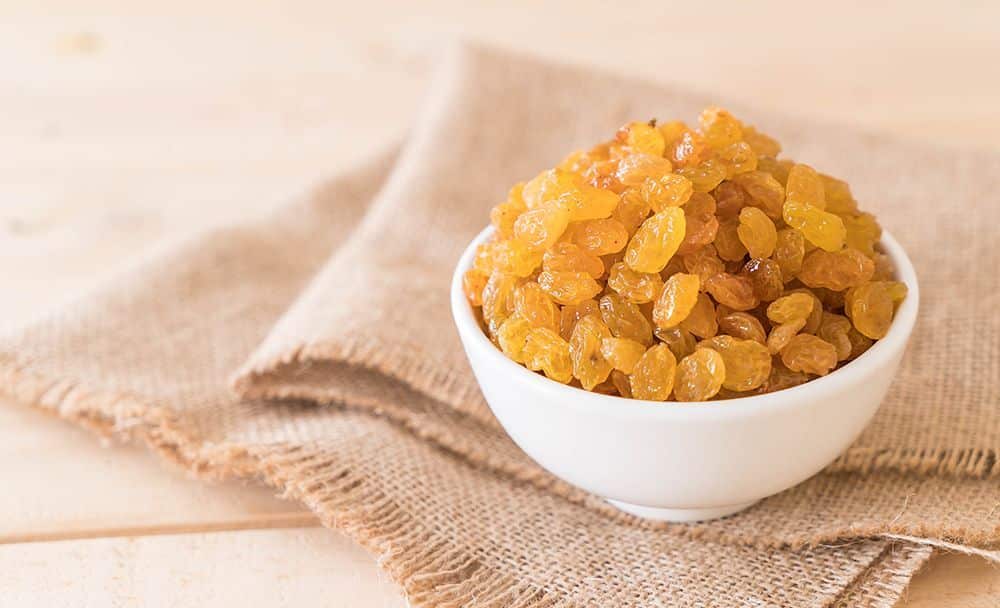
Suggested Dosage for Shallaki:
- Juice: 3-5 teaspoons daily.
- Shallaki Powder: ¼-½ teaspoon once or twice daily.
- Shallaki Capsule: 1-2 capsules once or twice daily.
- Shallaki Tablet: 1-2 tablets once or twice daily.
How to Use Shalaki
- Shalaki Juice:
- Mix 3-5 teaspoons of Shalaki juice with an equal amount of water.
- Consume this mixture once daily before meals.
- Shalaki Powder:
- Take ¼ – ½ teaspoon of Shalaki powder.
- Mix with lukewarm water and swallow 1-2 times a day.
- Shalaki Capsules:
- Take 1-2 Shalaki capsules.
- Swallow with lukewarm water 1-2 times a day, preferably after meals.
- Shalaki Tablets:
- Take 1-2 Shalaki tablets.
- Swallow with lukewarm water 1-2 times a day, ideally after meals.
Disclaimer:
This article is written from a health and wellness perspective only and is not a piece of medical advice. Kindly seek the help of a certified medical practitioner before initiating any treatment.
Conclusion:
Shallaki tablet, or Indian frankincense, is a valuable Ayurvedic herb with a long history of traditional use. Its potent anti-inflammatory properties make it an effective natural remedy for managing joint-related conditions, such as osteoarthritis and rheumatoid arthritis. Its benefits extend to supporting digestive, respiratory, and immune health and potential applications in skin care and cognitive well-being. Himalaya Shalaki can be a valuable addition to a holistic approach to health and well-being when used appropriately.
FAQs
What are the various forms in which shallaki is available?
Shallaki is available in various forms, and the choice of the form depends on the individual’s preferences and specific health needs. Common forms of Shallaki include:
Shallaki Capsules: Shallaki tree extract is encapsulated in the form of capsules for convenient consumption. This is a popular option for those who prefer a standardized dosage. You can get the purest form of Shallaki extracts in Zandu Sallaki Capsules. These pills are the best way to improve your joint health. Visit Zanducare.com to place your order without delay!
Shallaki Powder: The dried resin of the Shallaki plant can be ground into a fine powder. This form allows for flexibility in dosage and may be mixed with water, milk, or other liquids for consumption.
Shallaki Extract: Shallaki extract is a concentrated form of the herb, usually available in liquid form. It can be added to water or juice and consumed as a dietary supplement.
Topical Applications: Shallaki-based creams or ointments may be used for local application to manage joint pain and inflammation.
What is the recommended dosage and administration of shallaki?
The appropriate dosage of Himalaya Shallaki may vary depending on the form and the specific health condition being addressed. Generally, the recommended dosage of Shallaki extract is around 300-500 mg, taken 1-2 times a day.
What are the side effects of shallaki and the precautions you should take?
Shallaki is generally well-tolerated by most individuals when taken in the recommended dosages. However, some people may experience mild side effects, including:
Gastrointestinal Disturbances: Mild stomach upset or diarrhea may occur in some individuals.
Allergic Reactions: While rare, some people may be sensitive to Boswellia and experience allergic reactions like skin rash or itching.
Interaction with Medications: Shallaki may interact with certain medications, particularly blood-thinning drugs. Therefore, individuals on medication should consult a healthcare professional before using a Shallaki tablet.
Pregnancy and Breastfeeding: Pregnant women and breastfeeding moms should exercise caution and consult their healthcare provider before using Shallaki.
References:
- Boswellia Serrata, A Potential Antiinflammatory Agent: An Overview
- Efficacy of Guggulu and Shallaki based Ksharasutra with Triphala Guggulu orally in the management of Bhagandara w.s.r. to fistula-in-ano: A open labelled randomized comparative clinical study
- Clinical evaluation of Boswellia serrata (Shallaki) resin in the management of Sandhivata (osteoarthritis)
- Clinical evaluation of Boswellia serrata (Shallaki) resin in the management of Sandhivata (osteoarthritis)
- Effectiveness of Boswellia and Boswellia extract for osteoarthritis patients: a systematic review and meta-analysis
- Antioxidant Supplements and Gastrointestinal Diseases: A Critical Appraisal




